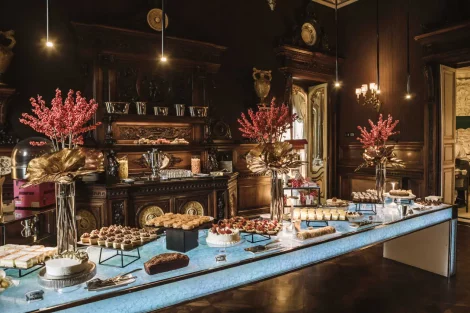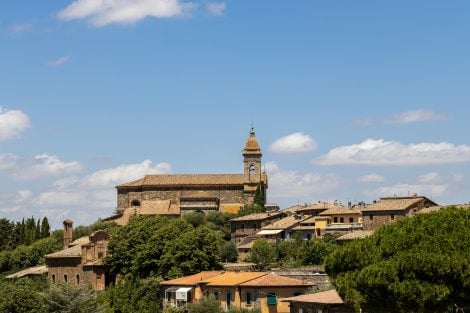This was the second edition of Fine Rosé Day, with the first taking place in June of last year.
"People were shocked by the diversity of styles," explained Elizabeth Gabay MW, the world's leading authority on rosé and the co-organiser of the event. "It opened up the debate that Provence is not the only place to make fine quality rosé."
Provence's domination of the rosé market is especially apparent when it comes to the pale pink elephant in the room – the colour.
"The big Tuscan producers still see Provence rosé as their style. Five years ago, Cerasuolo d’Abruzzo was getting paler and paler and paler, but there has now been a big surge in them reclaiming the traditional, darker style," noted Gabay.
"In 2014, Angelo Peretti [then handling communications for the Consorzio di Tutela del Chiaretto e del Bardolino] really forced the issue of Chiaretto being pale, and they sell vast amounts to Germany, though the Chiaretto that I like is slightly darker," she continued. "I think Italy is having a bit of a rebrand when it comes to rosé colour – to compete with Provence you would have to be so much better than them: Sangiovese doesn’t always compare to Grenache. To sell a wine as an Italian-style rosé, there’s a massive market, so we are seeing a pushback!"
Indeed, Gabay noted that the feedback from Italian producers present at the Drink Pink Wednesday event she hosted in June of this year was that "no-one was talking about colour, people were going by taste".
Cerasuolo d'Abruzzo
Discussions about the wine's hue lead one into the thorny of issue of when a rosé becomes a light red wine, and perhaps no wine better embodies this debate than Cerasuolo d'Abruzzo. Made from Montepulciano, expressions of this DOC style can significantly range in colour. While the Consorzio Vini d'Abruzzo's position is clear, "Cerasuolo is Cerasuolo", for importers this stylistic halfway house can cause headaches.
Gabay proffered a solution: "A comparison would be in Spain, in Cigales and Navarra they use the term ‘clairette’ for their traditional style and ‘rosado’ for their Provence style, and I think that might happen with Cerasuolo – ‘rosé’ for a commercial, international style, and ‘Cerasuolo’ for the premium rosé de terroir. It’s a bit like the using the names ‘Syrah’ or ‘Shiraz’ – it gives a clue to the consumer whether it’s a Northern Rhône-style Syrah or an Australian-style Shiraz."
Feudi di San Gregorio
This is only part of the issue of how to sell fine Italian rosé to a world enraptured by Provence.
Andrea Fabiano, export manager of Feudi di San Gregorio, which was exhibiting three wines at the tasting, suggested that the solution could lie in the global love affair with Italian food: "Think about how big the Italian restaurant industry is outside of Italy. Most of the time these restaurants don’t have many options for an Italian rosé, there aren’t many wineries that really focus on it, it is usually considered to be an extension of the product line alongside the whites and reds."

Image credit: David Pearce and pink.wine
"Where we are in Campania is primarily a white wine region. When it comes to the reds, it is dominated by Aglianico, especially in Taurasi," noted Fabiano. "We don’t have a strong tradition of rosé in this specific area, but having this expertise in white wine enables us to show Aglianico not as a big, robust red, but as a more gastronomic rosé. Here the focus is more on verticality than opulence, it’s something we strongly believe about the potential of Aglianico."
Feudi di San Gregorio is certainly taking its rosé portfolio seriously, even going so far as to create an Instagram page dedicated to its San Greg rosé – a clear effort to tap into the category's clear visual appeal.
Whereas the San Greg (RRP: €18) might be more targeted towards a younger clientele with less spending power, Feudi di San Gregorio's DUBL Metodo Classico Esse Rosato 2015, showcased at Fine Rosé Day, is aimed at a more affluent consumer, with its price tag in the region of €39.
The company's rosé strategy seems to be paying off abroad.
"Germany is our number one market outside of Italy, but we’re also doing pretty well in the US, even with the tariffs," noted Fabiano.
Selling fine Italian rosé to the Italians
But what about the domestic market?
Gabay cited a 2018 effort by the consorzi responsible for five traditional Italian rosés, Bardolino Chiaretto, Valtènesi Chiaretto, Castel del Monte, Salice Salentino and Cerasuolo d’Abruzzo, to push these wines on the basis of their deep viticultural roots.
"The feeling back then was that the reason Italians did not like rosé was because they like history with their wine, they like to talk about the historical antecedents," she explained. "Provence rosé can’t do it, that’s modern, but for any region which can talk about it as a historic style, that’s quite important as far as Italians are concerned."

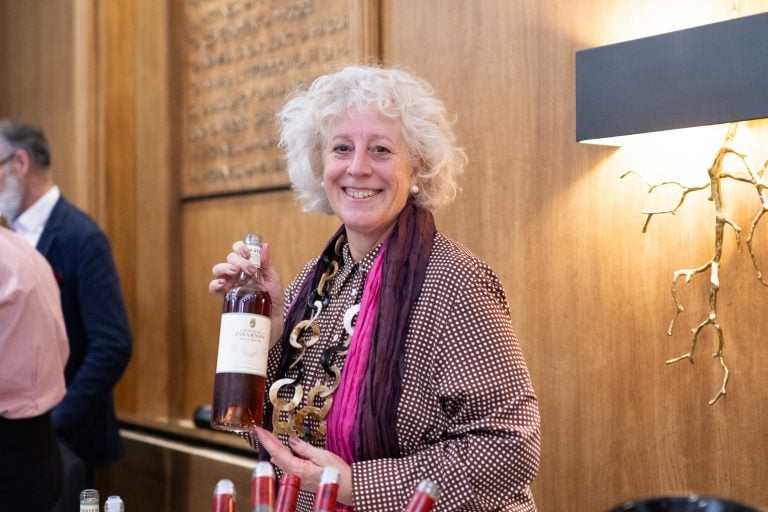
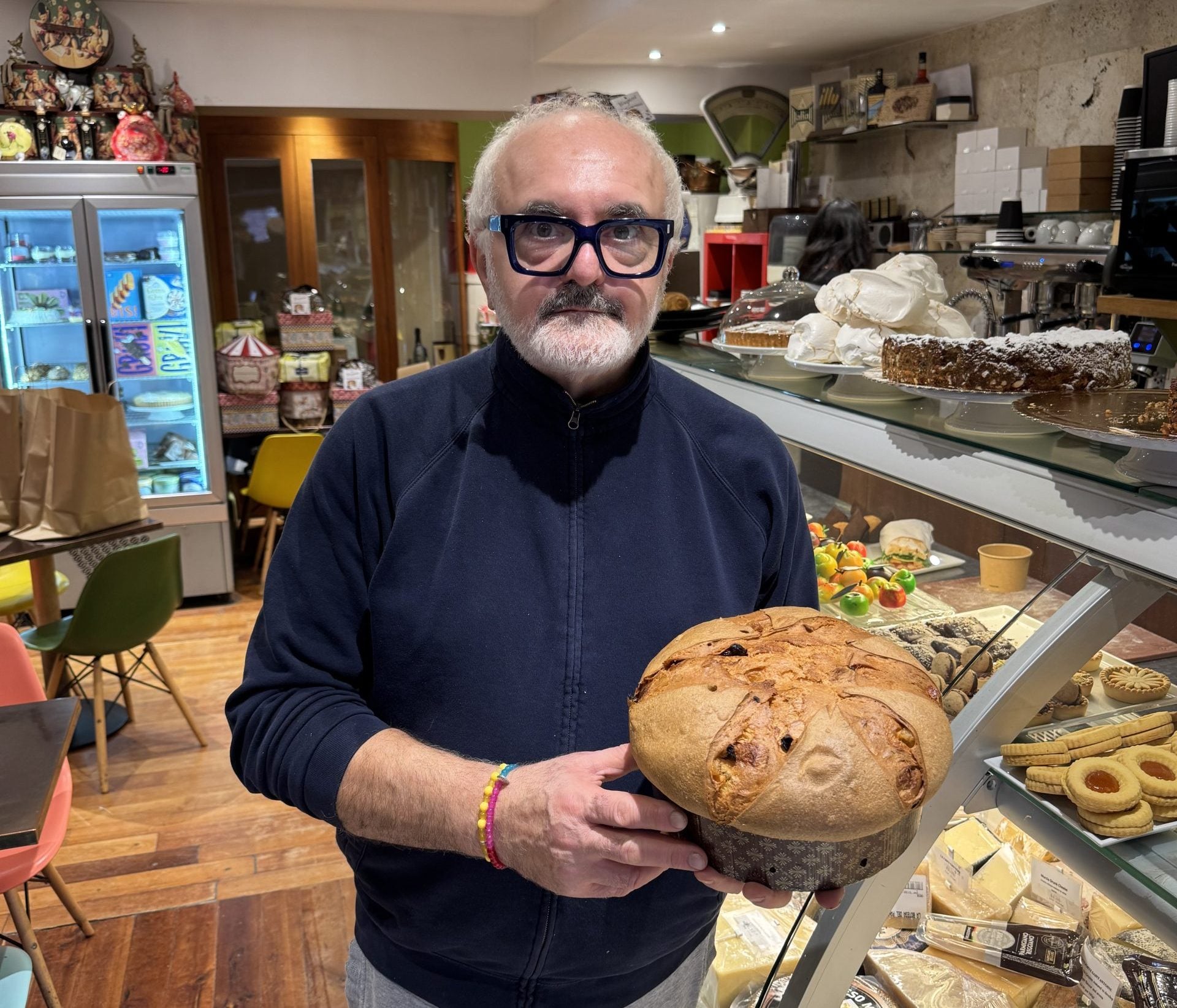 Meet London's panettone maestro
Meet London's panettone maestro Italian wineries rely on LinkedIn and Instagram for online communication
Italian wineries rely on LinkedIn and Instagram for online communication What does it take to feed the Italian rugby team?
What does it take to feed the Italian rugby team?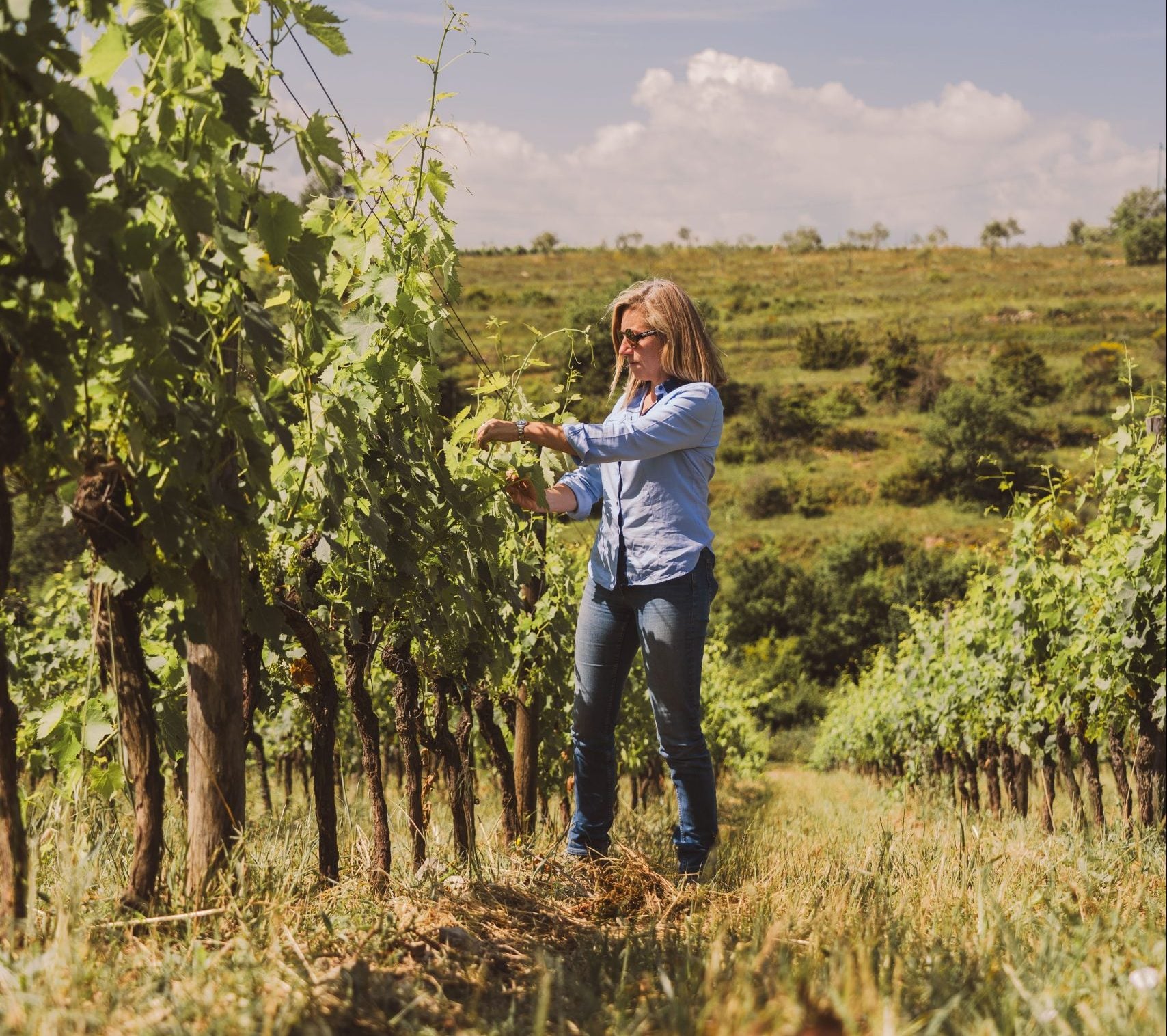 Why it's an organic focus for Bertinga
Why it's an organic focus for Bertinga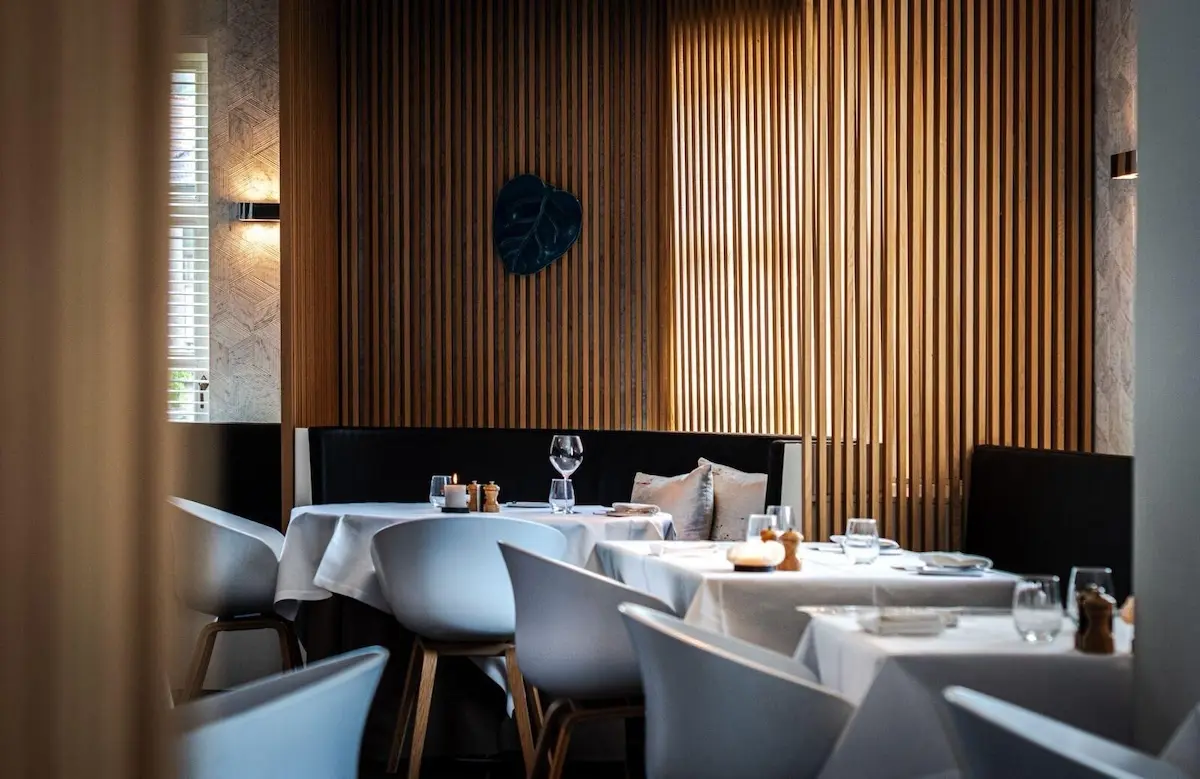 Six of Brussels' best Italian restaurants
Six of Brussels' best Italian restaurants